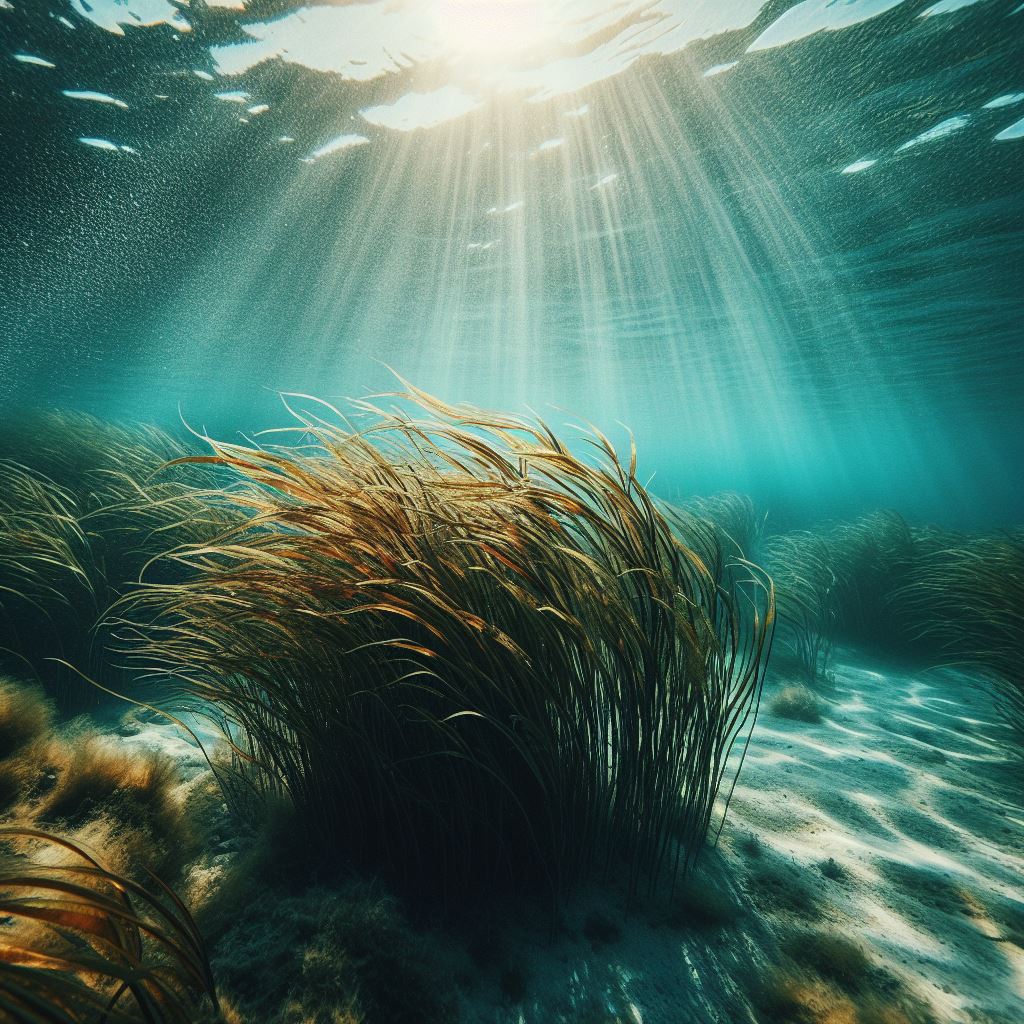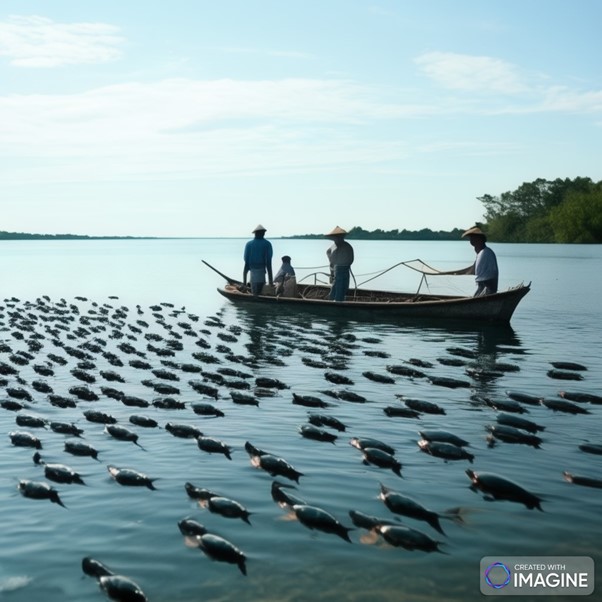Environmental Impacts on Aquaculture
Article By: Farah Izana Abdullah
Aquaculture, or fish farming, is the practice of cultivating aquatic organisms such as fish, shellfish, and plants in controlled environments. While aquaculture can provide a sustainable source of seafood and support global food security, it also has various environmental impacts. Here are some of the significant environmental considerations associated with aquaculture:
- Water Pollution: Intensive aquaculture operations can generate waste in the form of uneaten feed, fish excrement, and chemicals. If not managed properly, these pollutants can enter surrounding water bodies and cause water pollution, leading to eutrophication, oxygen depletion, and harmful algal blooms. This can harm local ecosystems and affect the health of wild fish populations.
- Disease and Escapes: Aquaculture facilities can act as breeding grounds for diseases and parasites that can spread to wild fish populations. In some cases, farmed fish may escape from net pens or cages and interbreed with wild populations, potentially diluting genetic diversity or introducing new traits that could harm the natural ecosystem.
- Habitat Destruction: The establishment of aquaculture facilities can result in habitat destruction, particularly in coastal areas. Mangroves, wetlands, and other critical habitats are often cleared to make way for fish ponds or infrastructure. This loss of habitat can impact local biodiversity, including the loss of feeding grounds and nursery areas for various species.
- Feed Production: Many farmed fish species require a significant amount of feed, which is often made from wild-caught fish like anchovies and sardines. The extraction of large quantities of wild fish for feed can contribute to overfishing, disrupting marine food webs and depleting populations of forage fish.
- Chemical Use: Aquaculture operations sometimes employ chemicals such as antibiotics, pesticides, and disinfectants to control diseases and parasites. If these substances are used improperly or excessively, they can accumulate in the surrounding environment, impacting water quality and potentially harming non-target organisms.
- Energy Consumption: Some forms of aquaculture, such as recirculating aquaculture systems (RAS) or indoor aquaculture, require significant energy inputs for maintaining water quality, temperature control, and artificial lighting. This energy consumption can contribute to greenhouse gas emissions and environmental degradation if derived from non-renewable sources.
Date of Input: 26/06/2023 | Updated: 27/07/2023 | s_humaira
MEDIA SHARING




























